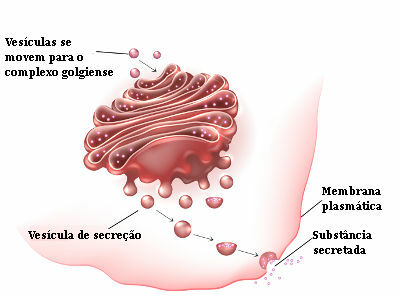In day November 5, 2015, the mining company's Fundão dam Samarco, controlled by Vale and BHP Billiton, it burst, causing a large flood of mud. The mud devastated the district of Bento Rodrigues, in the municipality of Mariana, in Minas Gerais, destroying houses and causing the death of 19 people, including residents and employees of the mining company itself. In addition to human and material losses, the mud that escaped due to the collapse of the dams caused a serious environmental impact.
→ Environmental impacts
The collapse of the Fundão dam released the equivalent of 25,000 Olympic swimming pools of wastes. The mixture, which was composed, according to Samarco, of iron oxide, water and a lot of mud, was not toxic, but capable of causing a lot of damage. Initially, it was thought that the Santarém dam had also been affected, however, what happened was the passage of tailings from the other (Fundão) over this dam.
The release of the mud caused the paving a large area. This is because the mud dries up and forms a kind of cement where nothing grows. It is worth noting, however, that, due to the large amount of waste, the complete drying of the material could take years. Meanwhile, nothing can be built on site either. In addition, the material does not contain organic matter and is therefore
infertile.The flood of mud reached the Rio Gualaxo – a tributary of the Rio Carmo, which flows into the Rio Doce, which, in turn, flows towards the Atlantic Ocean, in Espírito Santo. The most noticeable impact on the aquatic environment was the death of thousands of fish, who succumbed due to the lack of oxygen in the water and the obstruction of their gills. In addition to the death of fish, microorganisms and other living beings were also affected, which completely destroyed the food chain in some affected environments. However, it was not only the death of living organisms that affected the rivers in the region, the amount of mud released causedsilting, diversion of water courses and even led to the burial of springs.
Do not stop now... There's more after the advertising ;)
Many biologists estimate that the Rio Doce will need, on average, 10 years to recover from the terrible impact. Other researchers, however, say the impact was so profound that it is impossible to estimate a timeframe for re-establishing the balance of the Basin.
In addition to causing death in the interior of the rivers, the mud caused the death of all vegetation close to the region. A lot of riparian forest was completely destroyed. You mining residues also affected the ground, causing its chemical breakdown and affecting the pH from the earth. This alteration in the soil hinders the development of species that used to live there, completely modifying the local vegetation.
As the mud affected the Doce River and headed towards Espírito Santo, there was also an environmental impact on the ecosystems seascapes from the coast. One of the main impacts observed was on the phytoplankton and zooplankton that live floating on water and form the base of the food chain.
→ affected population
In addition to the large number of people who lost their homes and other material possessions in Mariana, the survivors faced difficulties related mainly to the lack of water. This happened because a large part of the affected cities depended on the affected rivers for supply, which, after the accident, presented water unfit for consumption.
It is not just the population of Mariana that suffered from the consequences of the disaster, but the entire population close to the Rio Doce. Indians from the Krenak indigenous tribe, who have a reserve cut by the river at the time of the accident, reported being without water for drinking, bathing and cleaning their objects, for example. We can't also forget about all the people who used the river to support their families.
→ Impacts of Mariana's accident in numbers
According to the Federal Government, the accident affected:
→ 663 km of rivers and streams;
→ 1469 hectares of vegetation;
→ 207 of the 251 buildings in Bento Rodrigues;
→ 600 families, which were left homeless.
Read too:The problems generated by mining
By Ma. Vanessa dos Santos


